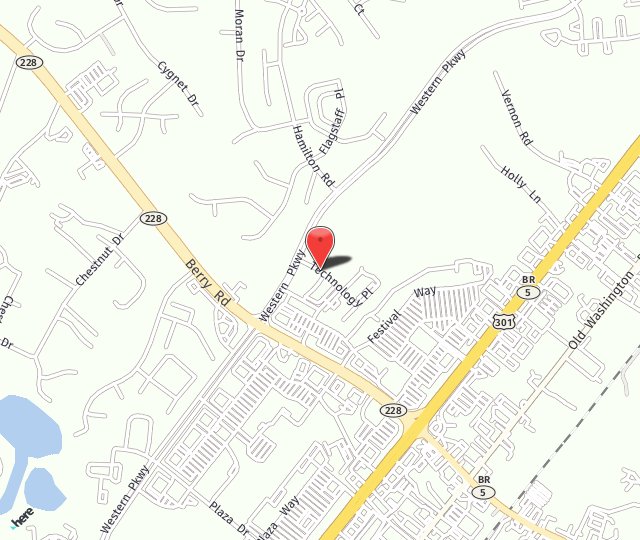
According to patient records, nine out of 10 patients who receive uterine fibroid embolization experience significant improvement or the complete resolution of their symptoms. This is an important piece of data to know as you explore the treatment option for yourself. Other quick data points include:
- Uterine fibroid embolization is a minimally invasive treatment.
- The uterus is preserved with this treatment modality as opposed to hysterectomy, which removes the uterus.
- There is a lower complication rate associated with UFE versus surgery.
- Minimal downtime is needed to recover from the outpatient procedure. Patients may resume most normal activities after one week.
How is UFE Performed?
The UFE procedure is performed by a vascular specialist. The patient is sedated but conscious. There is no need for general anesthesia. To reach the uterine fibroids, the specialist makes a small incision, about the size of a pencil tip, in the wrist or groin area. They insert a thin catheter into an artery and guide it to the fibroid’s blood supply. There, the catheter deposits tiny particles, which travel with the flow of blood and block the vessels that are feeding the fibroid. Without blood supply, the fibroids soften and shrink. They also bleed less.
Who is a Candidate for UFE?
Uterine fibroid embolization is a non-surgical treatment that is ideal for many women seeking proven treatment for uterine fibroids. Most patients who seek UFE are experiencing the symptoms of fibroids and desire a treatment option that allows them to keep their uterus. The procedure cannot be performed on pregnant women, nor on women with a cancer of the reproductive organs, such as cervical cancer. Patients cannot have an active or recent pelvic infection, and must be free of uncontrolled bleeding problems. A thorough consultation takes place to determine the safety of the UFE procedure for each interested patient.
Uterine fibroid treatment via embolization can be an excellent option for the majority of patients. To learn more about the procedure or to schedule your visit to our facility in Waldorf, MD, contact Metropolitan Vascular Institute at (301) 374-8540.

